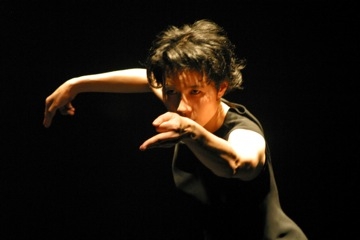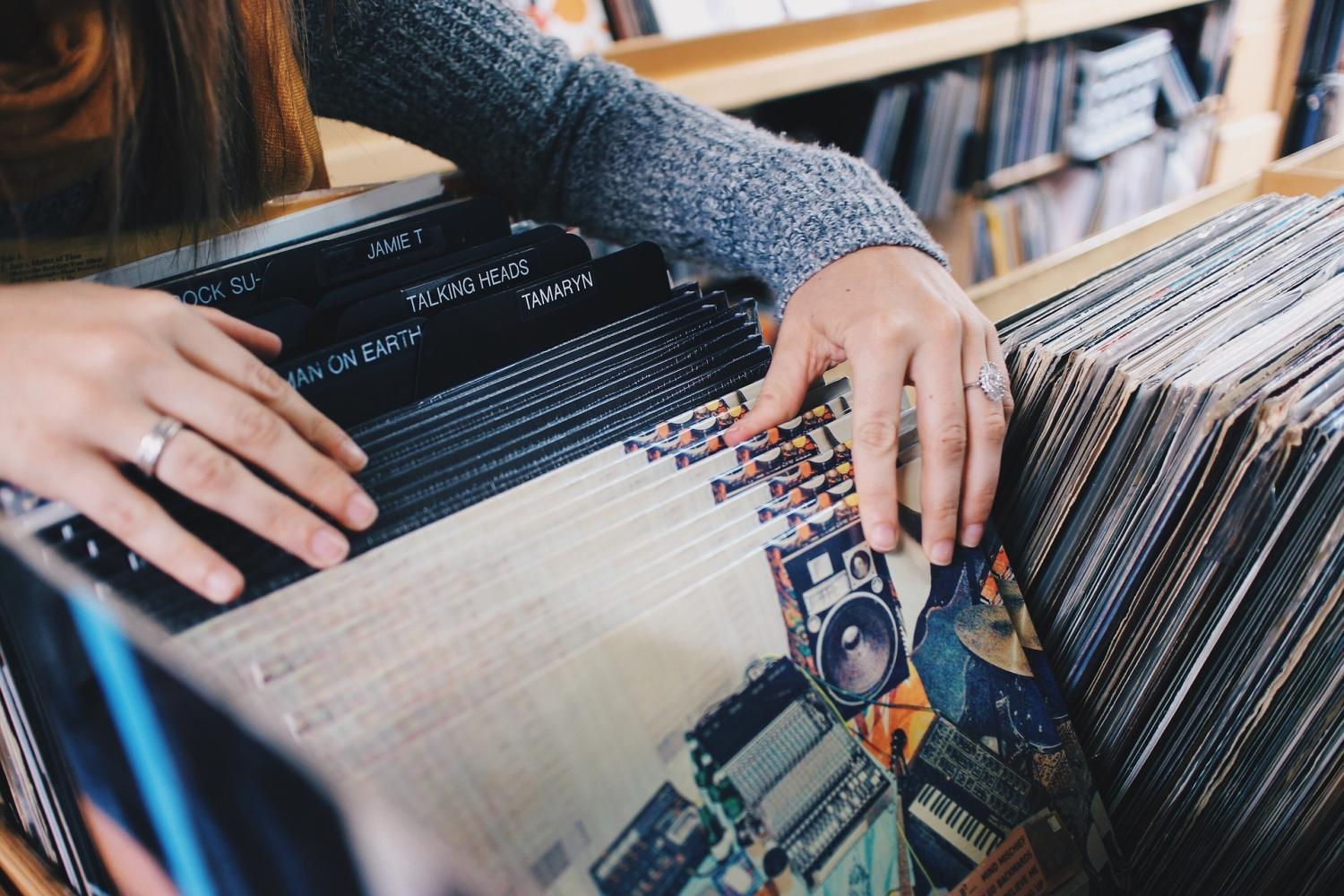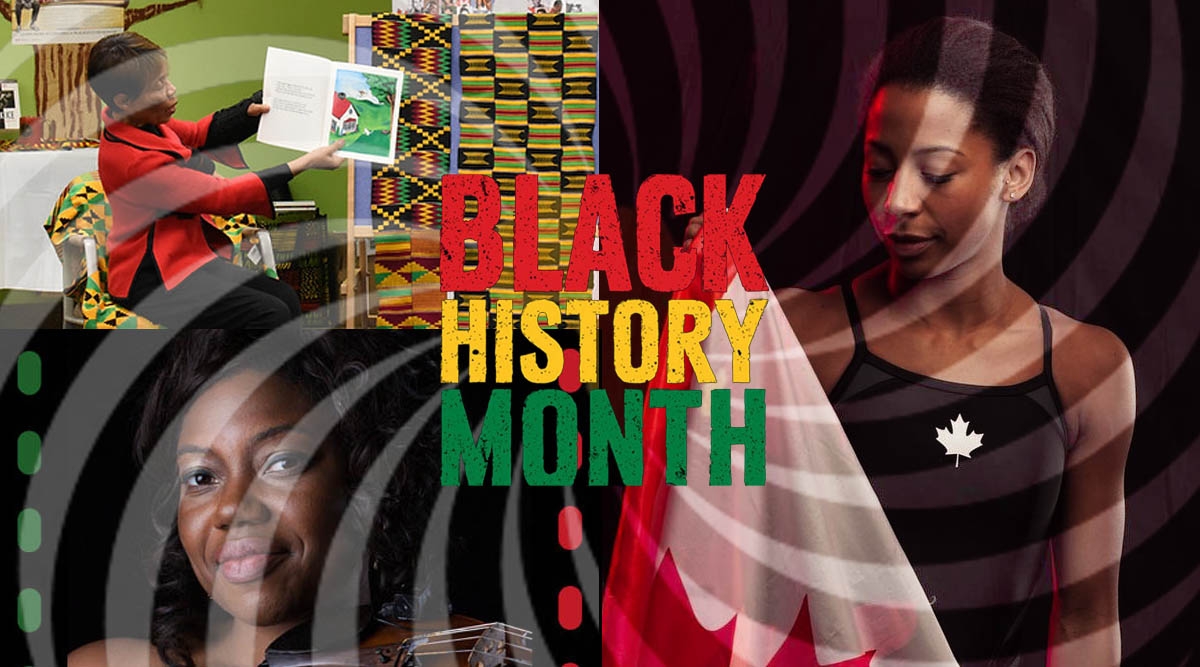
From the Horses’ Mouths: The Mystery of Choreography Revealed
If you read my last article for Ottawa Life here you are now familiar with the Kafkaesque life many choreographers lead in the game of grantsmanship. However, there is so much more to this art and therefore this article is dedicated to how choreographers create a dance.
Recently I had the chance to find out what five Canadian choreographers have to say about the process of making the idea of dance come to life.
In order to provide some background information, here is a short list of some commonplace processes:

Some choreographers create on their own bodies then transfer their movement ideas and phrases onto other dancers. Others rely heavily on improvisation, a process whereby the dancers are given basic rules and guidelines to follow (or not) to help them create physical ideas. There are those who ask the dancers to develop movement phrases similar to those the choreographer is creating, phrases which are then manipulated and altered in a variety of ways. Some choreographers reuse material from former work but rearrange and adapt it so that the movement matches ideas in the new dance. I’ve met creators who work off unusual formulas, mathematical, musical, rhythmic, or they draw patterns on paper and then transfer these patterns onto the dancers in space. Some will take one movement phrase and see how many ways they can alter that one phrase throughout the dance. Alternatively, some become fixated on a body part, say the elbow, and explore movement that isolates, highlights and articulates that particular body part. Finally, there are those who arrive at the studio and quite simply stand there until hit by the movement muse.
When it comes to content, thematic material, conceptual direction, the world is a choreographer’s canvas. Choreographers are influenced by art, history, literature, music, politics, public events, private events, patterns in nature, pedestrian gesture, complex gesture, psychological and theatrical archetypes, to name just a few. Some see an image on a postcard or in a film that becomes the seminal idea for a new dance. Some read literature or write poetry as their primary source material. Some go skiing and while shushing down the hills, the big idea slaps them in the face.
Choreographers have physical habits and movement predispositions developed through years of training in a variety of forms and styles, including hiphop, ballet, yoga, martial arts, Pilates, and mind/body techniques. However, since most choreographers were dancers before becoming choreographers, they can also be affected by the movement vocabularies, processes and interests of their choreographic mentors or swayed by a standout teacher whose principals become a guiding light throughout their careers.
One factor that most choreographers have in common is the degree to which they are influenced by the personalities, sensitivities and physical abilities of the dancers with whom they are working.

The following is what five choreographers had to say about the process of creation. Each choreographer was asked to write a three-sentence reply to the question: “How do you create a dance?” These choreographers have been creating for a long time, are well respected and their work has been shown on stages across Canada and internationally.
Tedd Robinson, www.tengatesdancing.ca Ottawa/The Pontiac
“Simply Put: I improvise in front of the dancers. They remember what I did. I manipulate these movements to become phrases that turn into meaningful physical statements that eventually become a dance that hopefully says something that cannot be told in any other way than what one sees before them. I imagine it to be a little like abstract painting, constantly checking on what you have before you add more.
Deborah Dunne, Artistic Director, Trial and Eros, Montreal
1. “I start dancing; when something happens which feels poignant, beautiful or strange… I repeat it until it develops into a journey.”
2. “I create the body/posture of an imaginary or real character and let them make the movement.”
3. “I work certain techniques in the body (eg. weight and flow or shape and elevation) and let the exploration of those techniques create the choreography.”
Gail Lotenberg, Artistic Director LINK Dance, Vancouver
“The first working period in any creative process for me is generative, meaning I begin to generate the choreographic building blocks for the dance in tandem with the dancers. I always have an idea before entering the studio of what I want the piece to be about and then the dancers and I go into a process of creating some initial physical outpourings from the idea. When the next stage of creation comes along and it is time to start composing a dance, these building blocks are like fragments of melody that pull together to form a whole, one that was not so much imagined at the start but rather willed to take flight.”
Sylvie Desrosiers, Director of Contemporary Dance Studies, School of Dance, Ottawa
“I often tend to be inspired by nature as a metaphor for humanity; humans are tenacious as is our environment. I see and feel images that inspire my own movement, then I get the dancers to play with some of the ideas and concepts. I love to use contrasting energies; from soft to bold. I love carving the space, designing pathways and a sense of destination.”

Lee Su-Feh resident genius a.k.a. Artistic Director, battery opera performance
“I go into the studio with my materials –my body and/or the bodies of other dancers, and whatever I am obsessed with at the moment – music, objects, clothes, political manifestos. I roll around on the floor, moan, sing and try to feel my way around what gives me pleasure and what causes me pain or irritation. Out of this series of adjustments around sensation inside and outside my body, I harvest movement, images, text, problems. I add these to my palate of materials. I repeat.”
A final word: For those of you learning to acquire a taste for new dance, patience is key. Dance requires some dedication on the part of the novice audience member, but once hooked, you will see things that can take your breath away, make you think/feel new thoughts and sensations, give you a moment of respite and alter your perceptions of the world around you.










